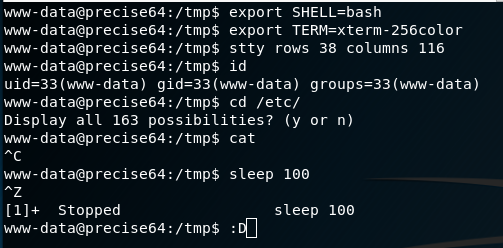

Now, there are several shellcodes around the web for this specific type of attack, you can freely browse some of them at the shell-storm database. Reverse this and you’ll have an open connection on your own machine waiting for the target machine to connect, this turns the attacker into the receiver waiting for some poor victim to fall into the trap. Originally, you’d have opened a port on the target and waited for inbound connections (from your attacking machine). A reverse bind is a simple operation that turns the client into a server and vice-versa.

The solution to this is to use a reverse bind for your local shell. However, this doesn’t work well most of the time: most of the public-facing servers out there have only a few number of ports open to the outside world (like http(s), ftp, smtp, etc) and the remaining inbound requests are usually filtered and dropped by iptables or firewalls. This way we can connect from our computer with a simple netcat command. The most common of all is to open a known port with a tcp socket and bind its stdout/stderr/stdin to a newly forked shell. There are several ways to obtain access to a local shell with a remote connection. What good is it to just spawn a local shell on a remote machine, if you can’t log into it? The reverse bind of a remote shell Most of the time you are left stumbling in the dark trying to understand if an exploit is even possible, how the memory of your target machine could be laid out, if they have ASLR and stack guards… and on top of that you cannot just spawn a shell and call it a day. Remote buffer overflows, though, are a whole other deal.
Netcat reverse shell no e how to#
Local buffer overflows are easy and there are countless of other articles with detailed explanations on how to perform them (like this shameless self-plug from my old blog). Most of all, what I want to focus on is the remote nature of the attack. There can be other ways to gain access to a vulnerable remote machine, like incorrect parsing of cgi-bin requests, XSS attacks through unescaped html strings, SQL injection, etc etc. In this article I will talk only about buffer overflows abused to inject a shellcode and execute arbitrary commands. Imagine you found a vulnerability in a web server and decided to take over that machine to do your dirty deeds, what do you do? Well, for starters, you have to figure out how to exploit the vulnerability at hand.


 0 kommentar(er)
0 kommentar(er)
